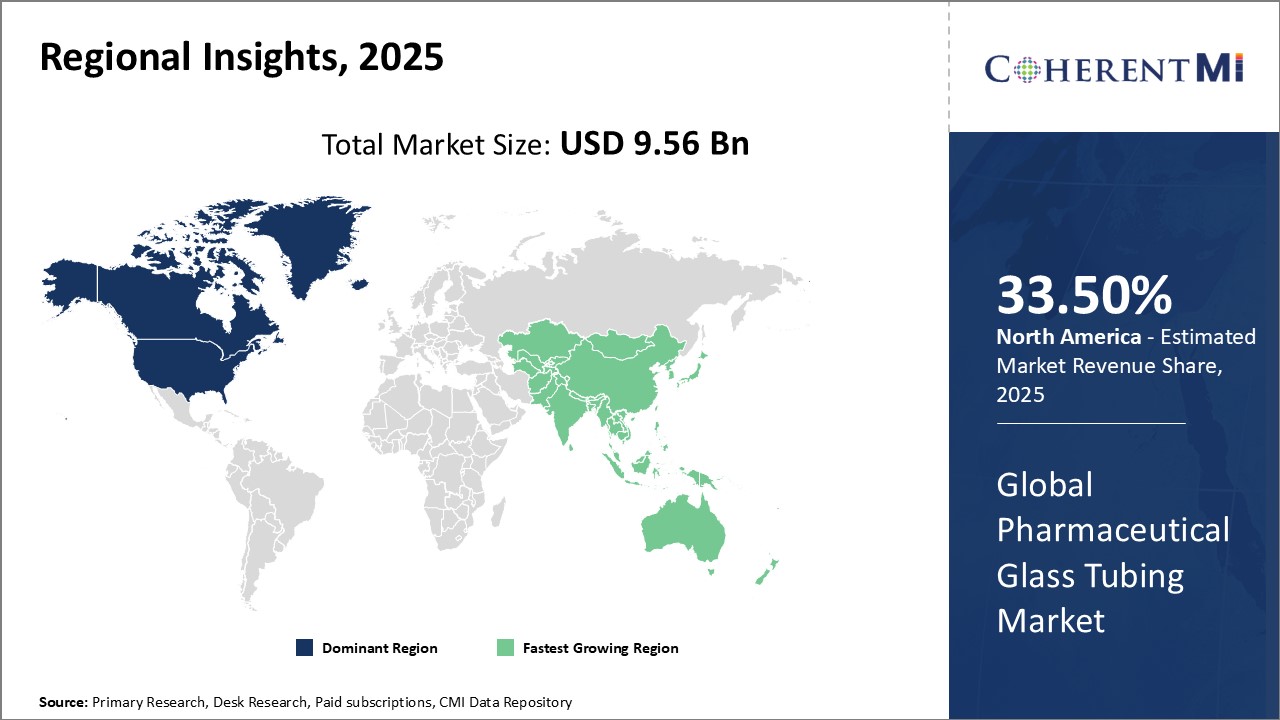Global Pharmaceutical Glass Tubing Market Trends
- Growing Adoption of High-speed Tubing Processes: Pharmaceutical companies are increasingly adopting high-speed glass tubing manufacturing technologies to boost productivity and efficiency. New automated processes like Danner flow-out and Vello vertical draw enable rapid, high-volume tubing production with shorter lead times. High-speed processes yield superior dimensional consistency and surface quality. Schott, Nipro, Stevanato, Corning and other market players now offer high-speed pharmaceutical glass tubing production capabilities. The shift from manual gathering to automated processes will continue, given advantages of speed, yield and customization.
- Rising Demand for Ready-to-Fill Vials and Syringes: There is a growing trend towards ready-to-fill pharmaceutical glass vials and syringes with integrated tubing. Ready-to-fill containers are washed, sterilized and siliconized by tubing OEMs prior to delivery. This allows faster filling and assembly for drug companies. Demand is surging from biopharma firms launching sensitive large molecule drugs. Leading tubing players like Schott, Corning and Stevanato are expanding ready-to-fill vials/syringes capacity. Pre-treated containers reduce particle contamination and protein aggregation during filling.
- Increasing Adoption of Plastic-Glass Hybrid Tubing: Hybrid tubing that combines glass with plastic like COP or COC is gaining adoption in pharmaceutical packaging. Hybrids leverage the barrier properties of glass and flexibility of plastics. Drugs with higher lipid content and oxygen sensitivity are ideal candidates for hybrids. Added benefits include reduced breakage risk and improved patient safety with plastic tips. SCHOTT, Nipro and West offer integrated glass-plastic syringe or vial tubing for prefilled applications. Hybrid tubing provides superior protection for sensitive drugs and vaccines as compared to all-plastic systems.
- Growing Use of Vision Inspection Systems: Pharmaceutical glass tubing manufacturers are increasingly utilizing automated vision inspection systems to ensure superior quality. Vision systems perform precise dimensional, visual and defect checks for intricacies like thickness variation and subtle flaws. Systems can inspect up to 600 tubes/min enabling 100% quality control. Players such as SCHOTT use sophisticated camera-based vision coupled with machine learning to detect defects. Strict regulatory standards for pharmaceutical packaging continue to drive the adoption of automated vision inspection across the manufacturing process.
Global Pharmaceutical Glass Tubing Market- Regional Insights

- North America is expected to be the largest market for pharmaceutical glass tubing during the forecast period, accounting for over 33.5% of the market share in 2025. The growth of the market in North America is attributed to the well-established healthcare sector, presence of leading glass tubing manufacturers, and high adoption of injectable pharmaceutical drugs in the region.
- Europe is expected to be the second-largest market for pharmaceutical glass tubing t, accounting for over 28.2% of the market share in 2025. The growth of the market in is attributed to the rising biopharmaceutical industry, increasing production of generics, and government support for the pharmaceutical industry in the region.
- Asia Pacific market is expected to be the fastest-growing market for pharmaceutical glass tubing, with a market share of over 22.6% during the forecast period. The growth of the market in Asia Pacific is attributed to the expanding pharmaceutical manufacturing in developing countries, increasing investments in the biotechnology sector, and rapid urbanization in the region.